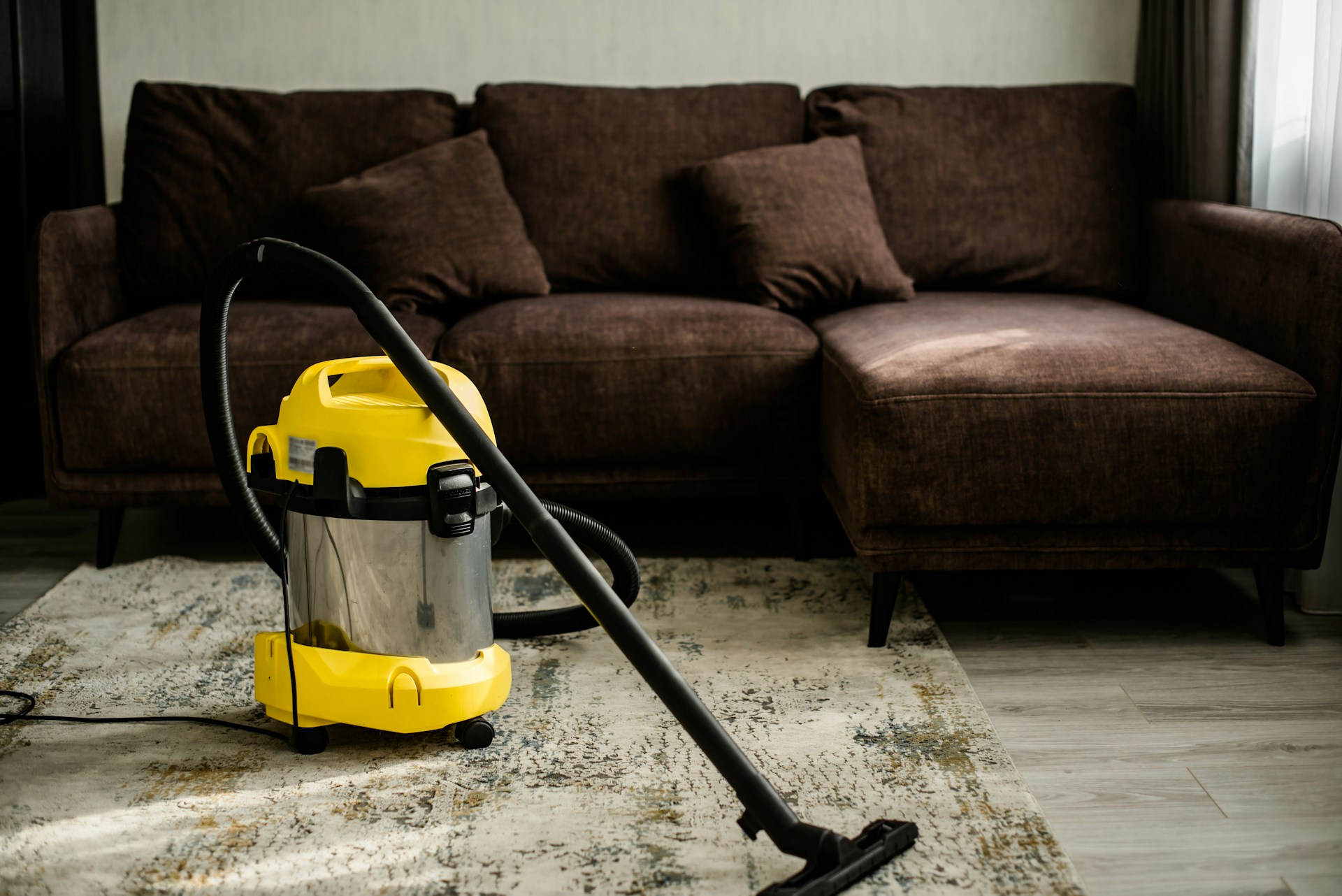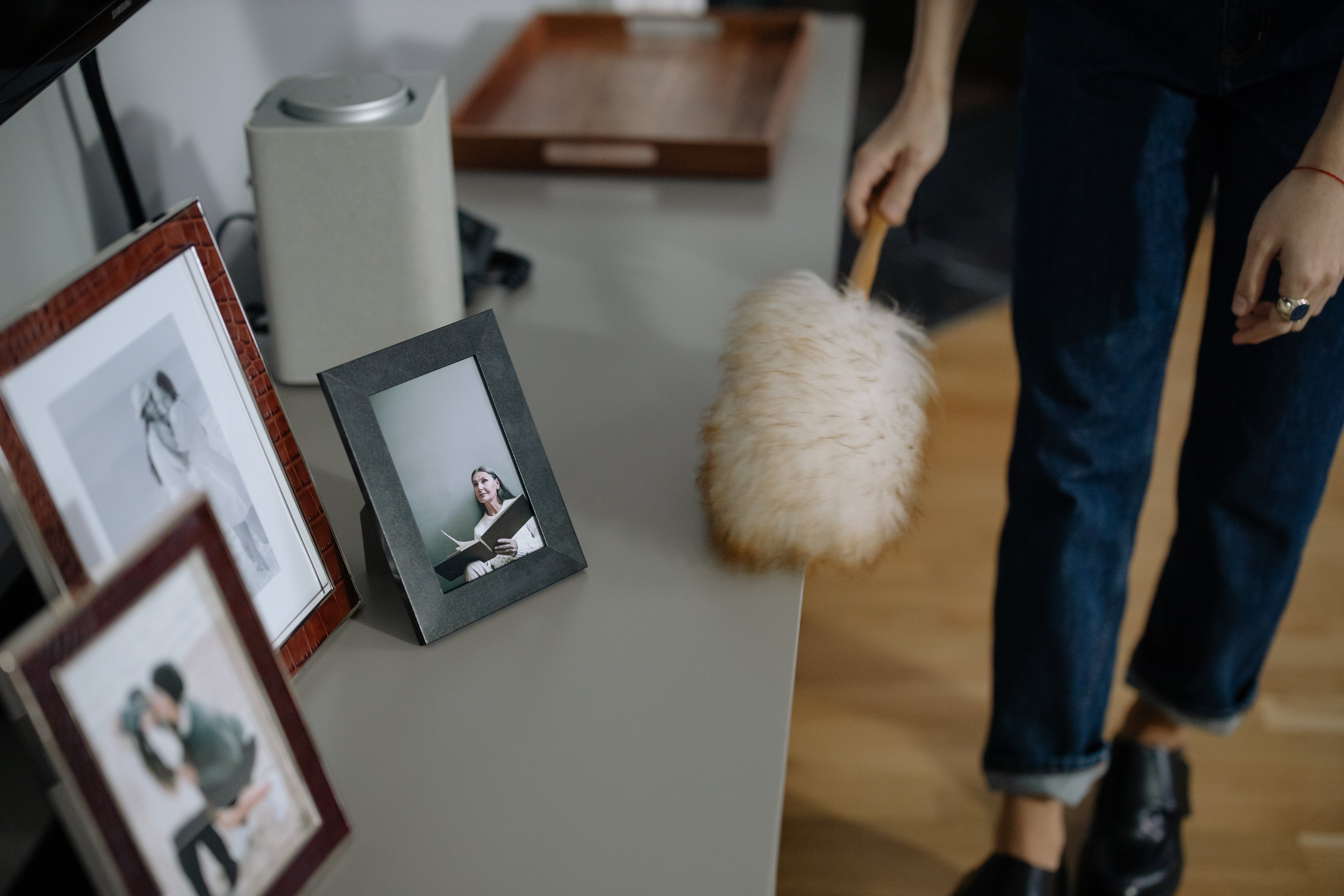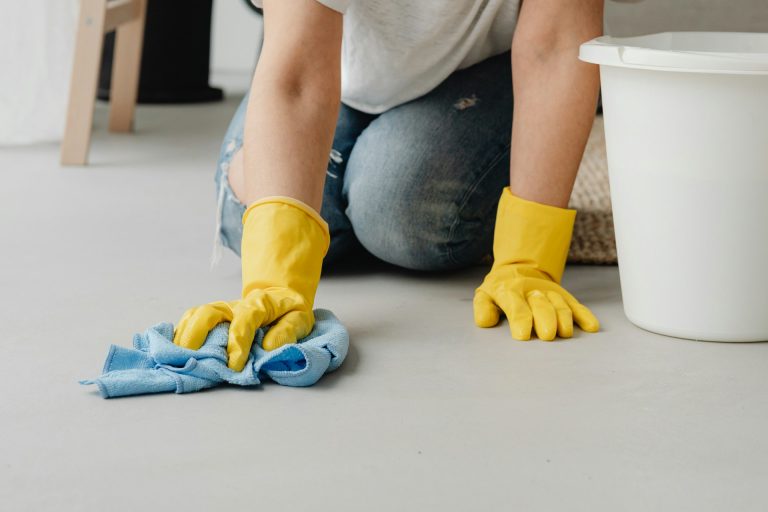Allergies can be a huge nuisance, making you sneeze and cough when all you want is a peaceful home. Many allergens, like dust mites and pet dander, hide around your house without you even noticing. For those who suffer from allergies, keeping these triggers at bay is crucial to feeling comfortable in your space.
Simple dusting and vacuuming are helpful, but deep cleaning can make a real difference for allergy sufferers. It involves reaching areas that are often overlooked during regular cleaning, ensuring those pesky allergens have nowhere to hide. By tackling hidden dust and grime, you can create a healthier and more inviting environment.
Understanding how allergens affect your health and learning some easy cleaning tips can help you breathe easier at home. With a few changes, your living space can become a sanctuary from the outside world, free from the causes of allergy symptoms you battle. Let’s explore how thorough cleaning can help keep allergens away, making your home the comfortable haven it should be.
Understanding Allergens and Their Impact on Health
Allergens are tiny particles that can cause your body to react, leading to symptoms like sneezing, itching, and coughing. Common indoor allergens include dust mites, pet dander, mold spores, and pollen that sneaks in from outside. Understanding allergens is essential for anyone looking to reduce their impact on health and enjoy a peaceful home environment.
Dust mites are one of the most common allergens. They thrive in warm, humid places and are often found in beds, carpets, and upholstered furniture. These tiny creatures can trigger asthma attacks and year-round allergies. Pet dander, which consists of tiny flakes of skin from cats and dogs, is another culprit. It lingers in the air and sticks to furniture and clothes, making it hard to escape.
Mold thrives in damp areas like bathrooms and basements. Its spores can travel through the air, worsening symptoms for those with allergies. Pollen from trees and flowers can also enter your home through open windows and doors, causing seasonal discomfort.
By learning about these allergens, you can identify the areas where they are most likely to hide. This is the first step toward minimizing their presence in your home. Regular deep cleaning helps eliminate these particles, which can greatly improve your overall well-being.
Essential Deep Cleaning Practices for Allergy Relief
Deep cleaning is more than just regular tidying up; it targets the hidden spots where allergens like to hide. Here are some essential practices to keep your home allergen-free:
1. Start with the Floors: Use a vacuum cleaner with a HEPA filter on carpets and rugs. This filter traps tiny allergen particles and keeps them from going back into the air. For hardwood or tiled floors, use a damp mop to collect dust and dirt.
2. Clean Upholstery and Bedding: Wash sheets, pillowcases, and curtains in hot water weekly to kill dust mites. Consider using allergen-proof covers for your mattresses and pillows to add an extra layer of protection.
3. Tackle Mold and Mildew: Pay special attention to bathrooms and basements. Use a mold-killing cleaner on tiles and other surfaces. Make sure these areas are well-ventilated to prevent mold growth.
4. Dust the Challenging Spots: Dust loves to collect on ceiling fans, blinds, and baseboards. Use a damp cloth to dust thoroughly and keep allergens from becoming airborne.
5. Change Air Filters Regularly: Your home’s air system plays a major role in circulating air throughout your home. Change the air filters according to the manufacturer’s guidelines to help capture particles before they settle.
Taking the time to deep clean your home using these practices can significantly reduce indoor allergens. By ensuring every nook and cranny is addressed, you create a more comfortable and healthier space for you and your family.
Choosing Allergy-Friendly Cleaning Products
Selecting the right cleaning products is a crucial step for anyone with allergies. Many conventional cleaning supplies contain harsh chemicals that can irritate your skin and lungs, worsening allergy symptoms. To protect your health, opt for cleaning solutions that are made with natural ingredients and are labeled as hypoallergenic.
1. Look for Fragrance-Free Options: Fragrances can be a common trigger for allergy sufferers. Choose products without added scents or perfumes to reduce the risk of irritation.
2. Choose Natural and Green Products: These are often free from the strong chemicals found in regular cleaners. Look for products made from plant-based ingredients that effectively tackle dirt and grime.
3. Use Simple Solutions: Products like vinegar and baking soda are excellent natural cleaners. They can handle everything from disinfecting surfaces to removing stains without adding harmful chemicals to your home.
4. Read Labels Carefully: Take the time to read product labels to check for potential allergens. Avoid those with ingredients known to trigger allergic reactions.
By carefully selecting products, you can clean your home effectively while keeping allergens at bay. Understanding your cleaning supplies ensures that your efforts to maintain a clean home support your health rather than hinder it.
Maintaining a Clean Environment to Minimize Allergens
Keeping allergens under control requires consistency and vigilance. A clean living space reduces the chances of allergens building up and causing discomfort. Here are some practical steps to maintain a cleaner environment:
– Establish a Cleaning Routine: Set a regular schedule for cleaning high-traffic areas, bedrooms, and bathrooms thoroughly. Consistent cleaning prevents allergen accumulation.
– Declutter Your Space: Less clutter means fewer places for dust and allergens to hide. Keep surfaces clear and organized to make cleaning easier and more effective.
– Consider an Air Purifier: These devices help trap airborne allergens and maintain cleaner air in your home. Place air purifiers in rooms where you spend most of your time.
– Control Indoor Humidity: Use dehumidifiers in damp areas to reduce mold growth. Keeping humidity levels between 30-50% helps prevent mold and dust mite proliferation.
– Wash and Replace Filters: Regularly change filters in your vacuum, HVAC system, and air purifiers. Fresh filters effectively capture particles and improve indoor air quality.
By following these steps, you create an environment that is less friendly to allergens. Persistence in maintaining this cleanliness pays off with a healthier, more comfortable home.
Conclusion
Deep cleaning in Baltimore with allergy relief in mind can transform your home into a true haven of comfort. Understanding allergens, applying effective cleaning practices, choosing appropriate products, and sustaining a clean environment all contribute to minimizing allergen presence. This effort not only helps lessen allergy symptoms but also enhances the overall health and comfort of your living space.
Laly’s Cleaning Services is ready to help you keep your home free of allergens. Our professional team offers expert deep cleaning solutions that cater to your specific needs. Experience what it’s like to live in a cleaner, healthier home by contacting us today. Let us help make your home a place where you can truly breathe easy.




